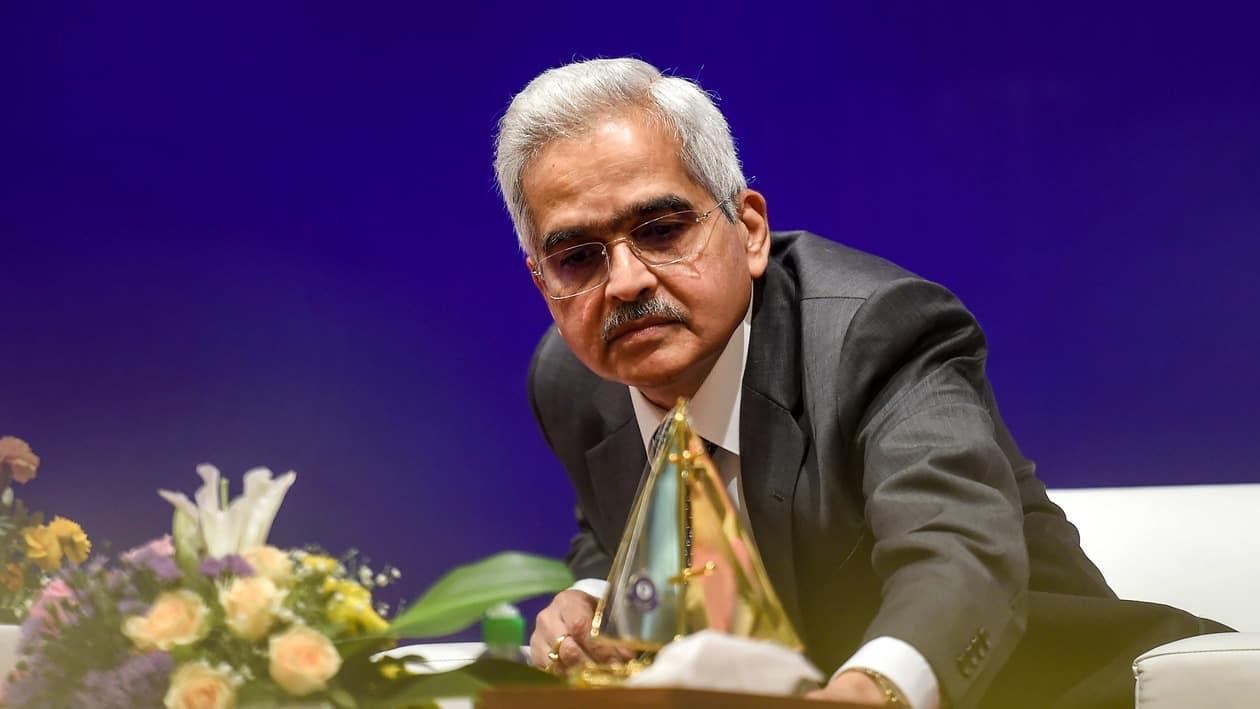(PTI) India is better placed than many other countries to avoid the risks of a potential stagflation with recovery broadly on track, notwithstanding an increasingly hostile external environment, as per an RBI article on the state of the economy.
The article, published in the RBI's June bulletin, noted that global economic conditions continue to deteriorate as ratcheting up of commodity prices and financial market volatility have led to heightened uncertainty.
"In the midst of this increasingly hostile external environment, India is better placed than many other countries in terms of avoiding the risks of a potential stagflation," said the article authored by a team led by RBI's Deputy Governor Michael Debabrata Patra.
Stagflation refers to a situation where inflation as well as unemployment are high, while demand remains stagnant in the economy.
With most constituents of GDP surpassing pre-pandemic levels, domestic economic activity is gaining strength, it said, and added the inflation print for May has brought some relief as it recorded a decline after seven months of continuous rise.
The central bank, however, added that the opinions expressed in the article are those of the authors and do not necessarily represent the views of the Reserve Bank of India (RBI).
With a growth rate of 8.7 per cent in 2021-22, India's gross domestic product (GDP) surpassed its pre-pandemic (2019-20) level by 1.5 per cent and the recovery remains robust in 2022-23 so far, the article said.
"The recovery remained broadly on track. This demonstrates the resilience of the economy in the face of multiple shocks and the innate strength of macro fundamentals as India strives to regain a sustainable high growth trajectory," it said.
The recent actions by the Reserve Bank which demonstrated its commitment to price stability while supporting growth augurs well in this milieu, it added.
Another article in the bulletin said global growth has lost momentum over the first half of 2022 as evident from incoming data.
"The outlook is fluid and uncertain. In this highly uncertain environment, our endeavour will be to track global GDP and subsequently inflation on as contemporaneous basis as possible so as to keep all stakeholders forewarned and forearmed," said the article titled 'Nowcasting Global Growth'.
The article attempts to bridge the gap between the availability and arrival of global GDP estimates and higher frequency indicators of global economic activity.
An article on 'Industrial Revolution 4.0:Will it be different this time for India?' said the new age technologies are expected to bring about far-reaching changes in production processes in the country's manufacturing sector.
In terms of its participation in the global value chain and technology intensity, the sector is assessed to be in a relatively better position to reap the benefits of the emerging tech revolution.
"India's advantage in technology exports and presence of experienced professionals also provide an added advantage," it said.
However, when it comes to the quality of human capital and physical infrastructure required to make the great leap forward, India lags its competitors, it noted.
"Unless the vast labour force is upskilled, the benefits from IR-4 will be more than offset by large scale labour displacement," the article said.
India has made giant strides in the digital space, implementing unique, large-scale projects powered by public digital infrastructure, particularly in the payment infrastructure, it added.
